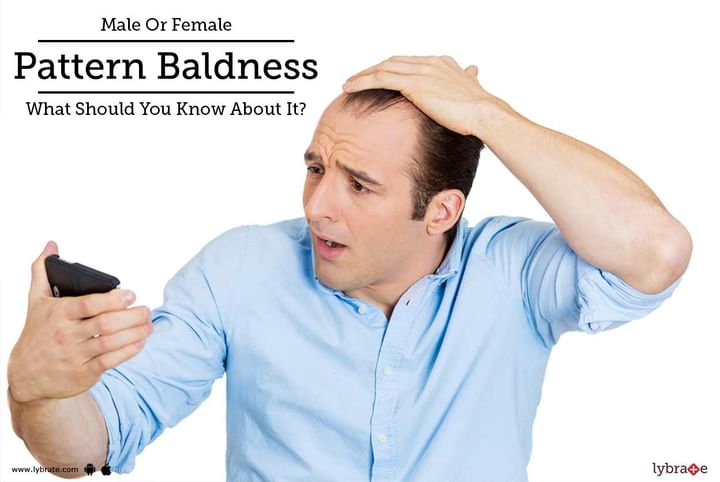Male Or Female Pattern Baldness - What Should You Know About It?
One of the major problems with hair, especially as you age is the thinning of hair, which exposes the scalp, although it is regularly seen in younger people as well. The surprising thing is that baldness, which is primarily associated with men, can affect women as well.
Male pattern baldness: Male pattern baldness tends to occur in the form of receding hairline that can be accompanied by loss of hair on the top of the head as well as the back. Some of the reasons for male patterns baldness are:
- Genetic factors such as baldness among the male members within the family
- Androgen hormonal issues
- Surgery or major illness which may trigger hormonal changes
Male pattern baldness doesn't only affect men and is known to affect women as well. It is just a type of pattern, which is prevalent more among men although women with high levels of androgen are also known to suffer from it.
Female pattern baldness: The female pattern of baldness is quite different from male pattern baldness. Female pattern baldness primarily spreads from the parting of the hair and then follows a widening pattern. It is not as severe as male pattern baldness where patches may start growing or bald spots may develop. However, the area around the crown may start showing the scalp due to severe thinning. Some of the causes for this could be age, especially in women after 40, hormonal imbalances within the body and some of the similar issues with male pattern baldness as mentioned above.
Treatment: The treatment for male and female pattern baldness tends to be similar in many cases, although certain specific treatments may be administered in other cases. Some of the common treatments include:
- Minoxidil solution of varying strengths
- Hair replacement or transplant in certain cases
- Spray or inked Cosmetics to cover up hair loss
- Oral medications to kick start hair growth
- Hair pieces and other appendages to hide bald spots etc.
With female pattern baldness, depending on the underlying factor, hormonal treatments may be required to resolve the problems. Once the underlying problem is resolved, topical and oral medicines can then help in hair re-growth.



+1.svg)
